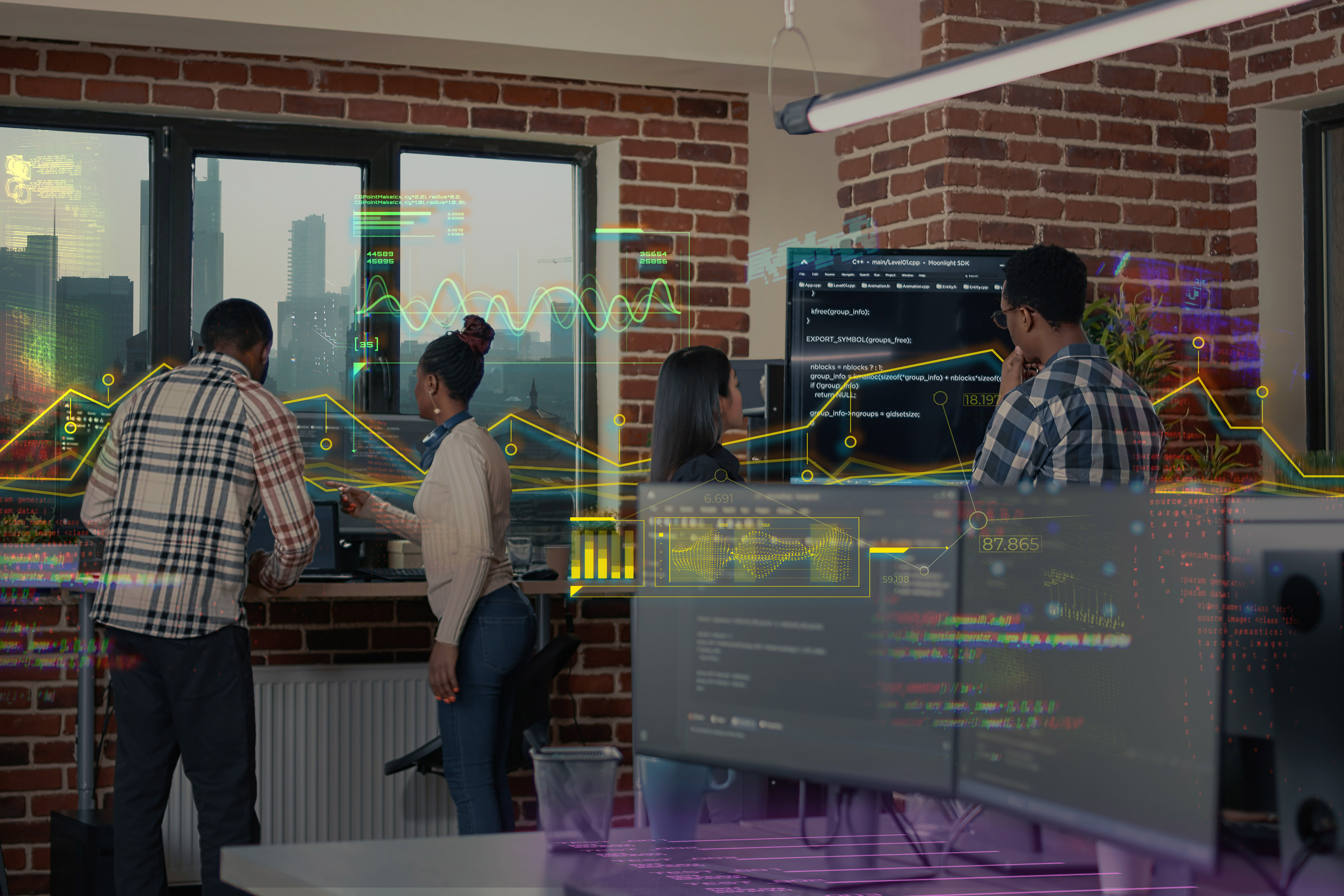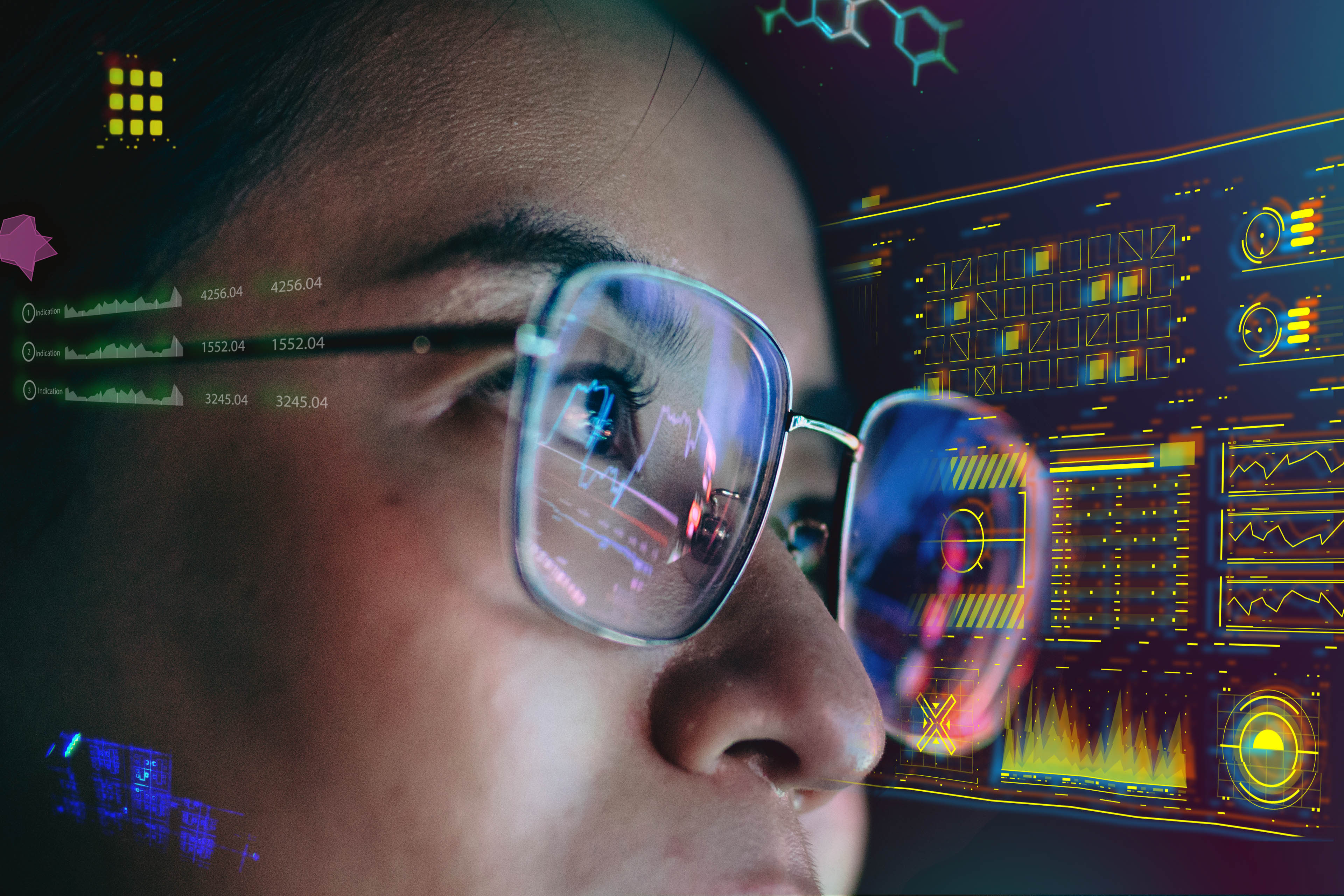Arguments for the new generation economy
Because in the future, more simple tasks will be outsourced to GenAI, the danger exists that the gap between rich and poor will grow even larger. However, GenAI can also offer less privileged communities and developing countries a chance to make progress. To realize this, countries must collaborate and agree on how to utilize and distribute the productivity benefits of GenAI in a fair manner. The challenge lies in using these benefits not to increase inequalities but to promote a more sustainable evolution of the global business world and economy.
GenAI as a credit for a sustainable world
If countries and companies can agree on how to account for and price in the negative external costs of their actions brought by their products and services, then the recovered funds can be used to compensate for negative impact. Catalyzed by the shift towards stakeholder capitalism, where a broader range of stakeholders is treated as shareholders and involved in both the benefits and responsibilities of business operations, this approach, utilizes the benefits arising from GenAI, and could lead to a more fair and sustainable business world.
The productivity gains from GenAI are a credit that we can invest. The choices we make can promote a more fair and sustainable future by leveraging GenAI.
Although GenAI is not a direct solution for the transition to capitalism 2.0 or a new generation economy, it does give us productivity gains, which we can utilize as credit to make improvements. The challenge lies in deciding how to use this credit. We can choose to continue to accelerate inequalities in wealth, or we can take a step back and consider the broader needs of society, the planet, and the business world in a more holistic manner. This approach leverages the real productivity gains from GenAI to create a more just and sustainable future.
In summary, GenAI is not a remedy for every problem. It works well in some scenarios and not in others. Human creativity and originality of thought are vital and should be nurtured and developed. The productivity gains from GenAI must be wisely used to prevent the wealth gap from growing wider and to promote a more sustainable business world. GenAI can be seen as giving us credit in the form of productivity gains. This credit represents extra resources that we can invest effectively to promote sustainability and reduce inequality. We are ready and excited to participate in discussions at all levels. Whether it's providing a perspective on policy-making discussions or helping to develop a business strategy to use GenAI sustainably.







